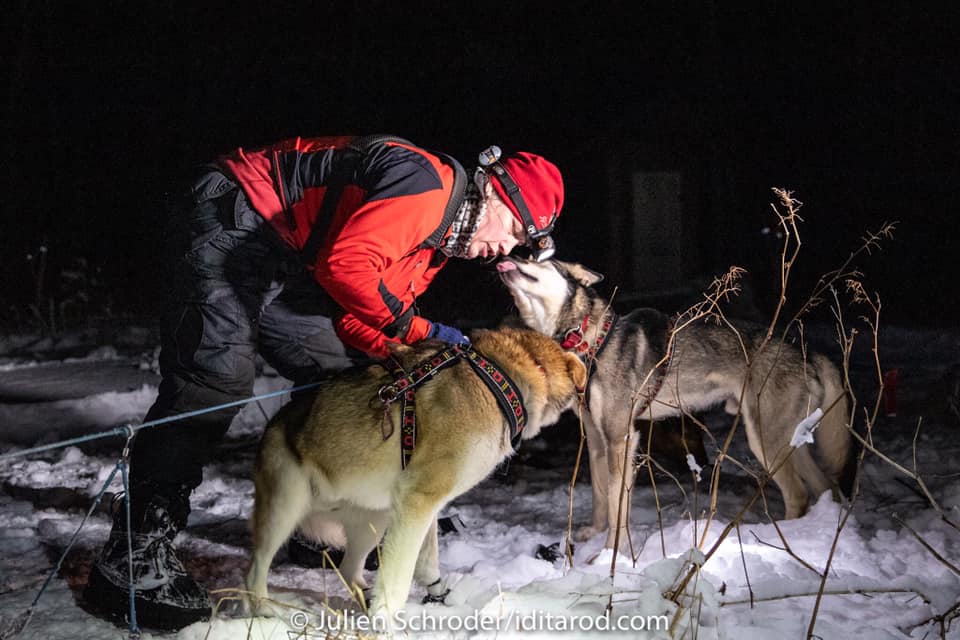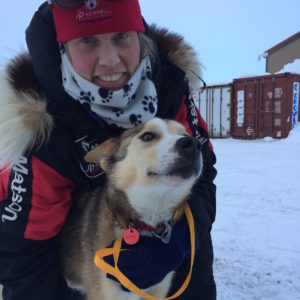These videos are from the final 5% of the race. It seems that some years these last 50 miles have been the most challenging; some years, the most entertaining, or the most competitive. This year, it was breathtakingly gorgeous. I think you’ll agree.
In Episode 22 we are descending Topcock. It is the last steep climb up, and then down, before the team arrives at the edge of the Bering Sea. From there the Iditarod route turns due west and follows the ocean’s shoreline for approximately 50 miles to the finish.
The sun is rising behind us. It is nearly daylight. I no longer have my headlight turned on but, I haven’t turned off Bruno’s HeadLite collar. In the video we are looking south – out across the Bering Sea. As is plainly obvious, the ocean is not frozen. The water is dark and ominous.
The trail ahead of us is now visible. There are snow drifts that periodically cross the trail. But, for the most part, there is now a route to follow.
The most notable phenomenon is off to the west; where we are heading. I am being quite sarcastic when I say, “What I find interesting is I see it blowing in the Blowhole.” Interesting is a nice way of putting it. We did a website post last year describing the infamous Blowhole near Safety. Check it out HERE.
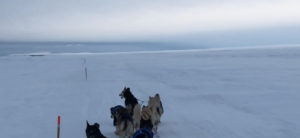 In Episode 23 we are getting closer to the Safety Checkpoint. The horizon and landscape are amazing. In person, it feels so incredibly vast. My dog team and I seem insignificant in this world.
In Episode 23 we are getting closer to the Safety Checkpoint. The horizon and landscape are amazing. In person, it feels so incredibly vast. My dog team and I seem insignificant in this world.
The white and grey swirling clouds that sit above the horizon ahead of us are foreboding. These are a “WARNING” sign as we get closer to the Blowhole. You can tell that I’m not thrilled. More often than not, when I’ve mushed through this section along the Iditarod, it has been windy. The breeze in this video is quite tame. It is enough to blow loose snow across the ground and keep the trail marker flags alert. It is not enough to blow my team or my sled off course.
When I pan behind us you can catch a quick glimpse of the sunrise to the east.
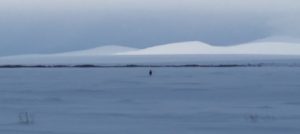 Episode 24 shows why I try to keep a vigilant lookout all the time. A musher could easily pass this lonely fellah off to the north of the trail.
Episode 24 shows why I try to keep a vigilant lookout all the time. A musher could easily pass this lonely fellah off to the north of the trail.
If you’ve ever been lonely… you might have pity for this guy.

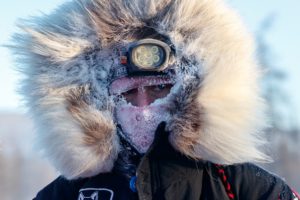 My headlight has three different levels. I often run on “low” in order to conserve the battery. In this video, I switch up to “high” and you can see the team much better. But, a big negative to using the high beam is that the glare from the oncoming snow blinds me. (Similar to running into a bright sky of astroids and comets. Yea, I’ve never done that… but if I did.) Allen uses a different brand of headlight because of this specific disadvantage. His headlight has an adjustable focus. He can reduce the beam size in a situation like this. (He said that he’s never tried it in an asteroid field.)
My headlight has three different levels. I often run on “low” in order to conserve the battery. In this video, I switch up to “high” and you can see the team much better. But, a big negative to using the high beam is that the glare from the oncoming snow blinds me. (Similar to running into a bright sky of astroids and comets. Yea, I’ve never done that… but if I did.) Allen uses a different brand of headlight because of this specific disadvantage. His headlight has an adjustable focus. He can reduce the beam size in a situation like this. (He said that he’s never tried it in an asteroid field.)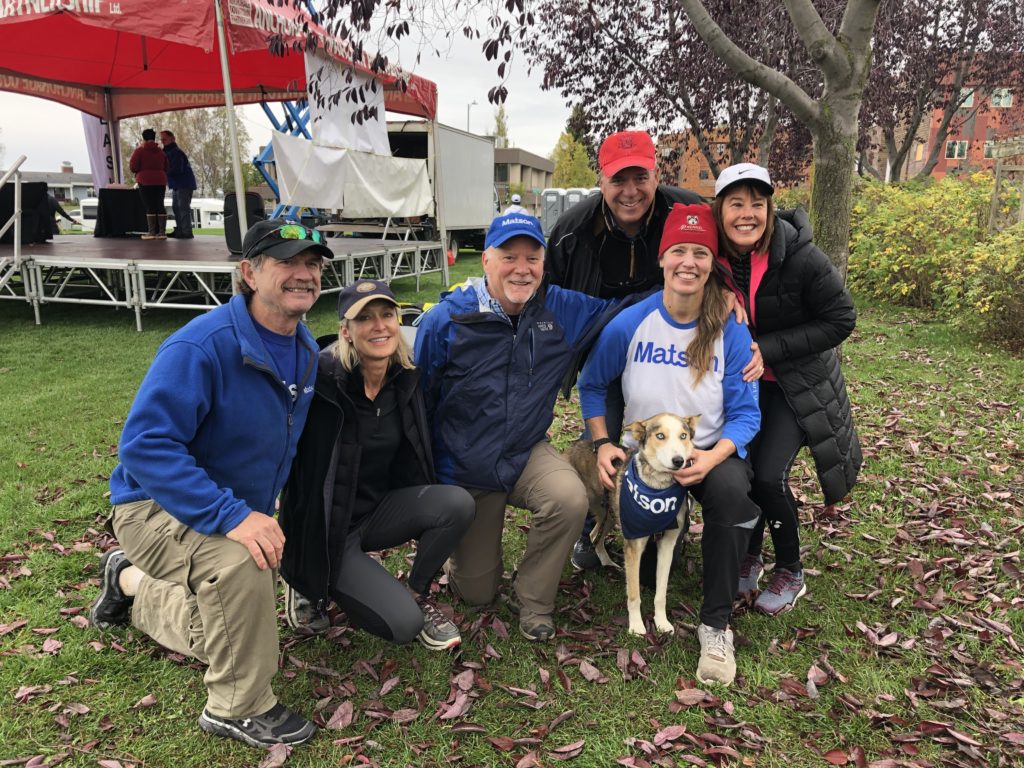
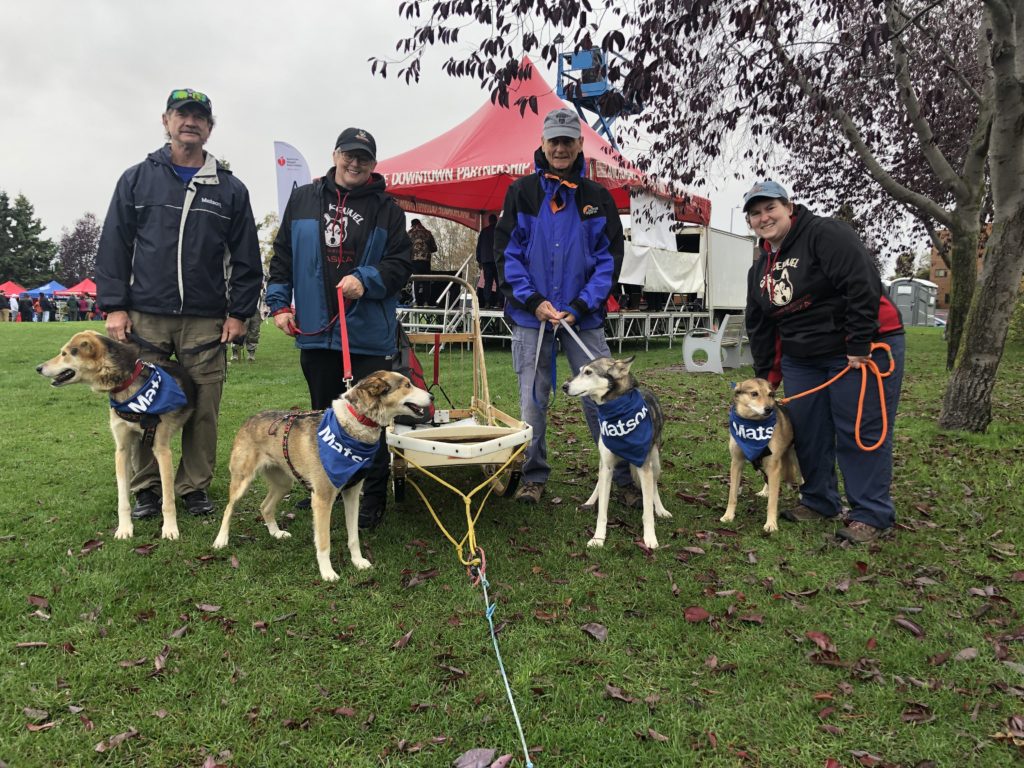
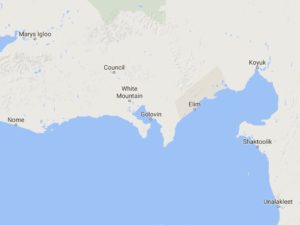 In Episode 20 we are just about to arrive in the village of Golovin.
In Episode 20 we are just about to arrive in the village of Golovin.
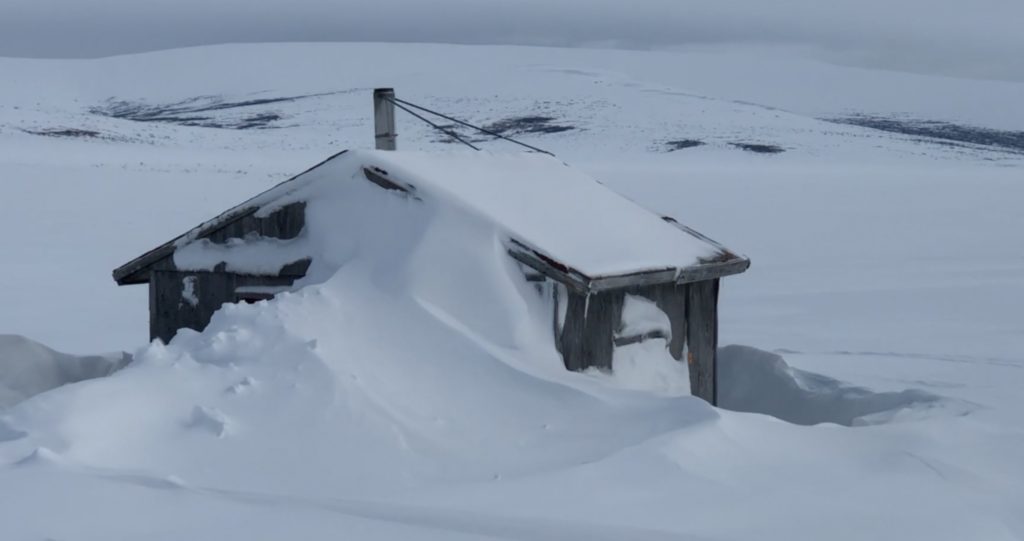
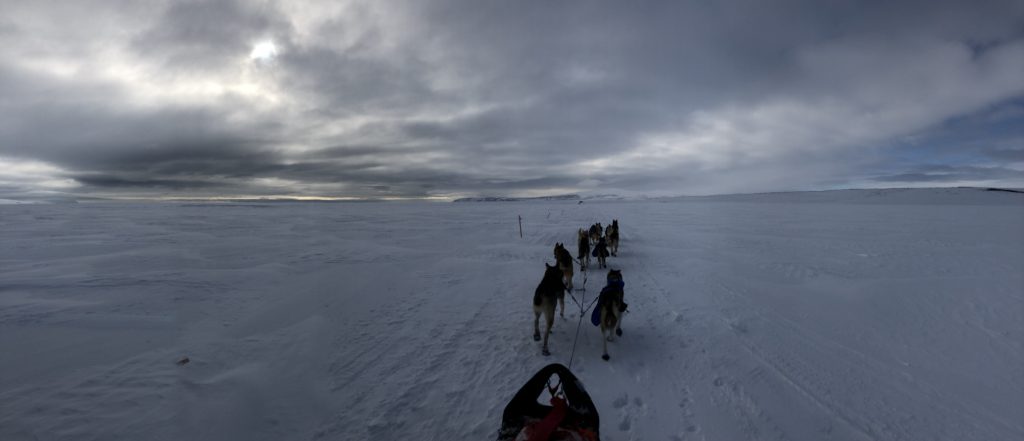
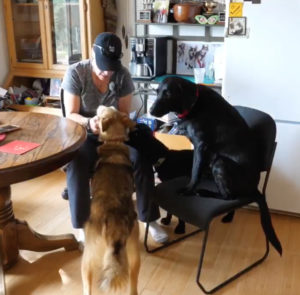 Greg Heister, from Iditarod Insider, came to Two Rivers a couple weeks ago to check in with Aliy, Allen and the dogs.
Greg Heister, from Iditarod Insider, came to Two Rivers a couple weeks ago to check in with Aliy, Allen and the dogs.